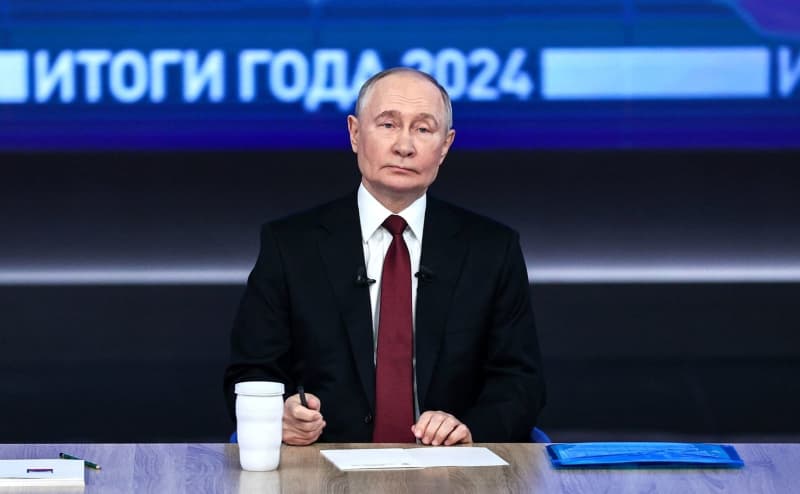During a recent annual question-and-answer session, Russian President Vladimir Putin asserted that despite facing significant Western sanctions, Russia’s economy has remained stable in 2023, especially in contrast to the struggles of many Western industrialized nations. Putin projected a 3.9% growth in Gross Domestic Product (GDP) for 2024, potentially reaching 4%. He pointed out that Russia had experienced an impressive 8% GDP increase over the last two years, comparing it favorably to Germany, which had stagnated with a 0% growth rate. This bold forecasting highlights the Kremlin’s confidence in the resilience of the Russian economy amid sanctions that were intended to cripple it.
While boasting of these robust figures, Putin acknowledged some ongoing issues, particularly relating to inflation, which has surged to 9.3% over the year. He attributed part of this inflation to increased consumption, specifically in food prices. Despite these assertions of growth, economists are concerned about the sustainability of Russia’s economic performance, warning of a potential significant slowdown in growth rates in the near future. High inflation rates coupled with a steep key interest rate of 21% are seen as factors that could hamper economic stability and growth heading into 2024.
The annual televised meeting serves as a platform for Putin to directly address pressing issues within the country, ranging from socio-economic challenges to the ongoing war in Ukraine, an event that has overshadowed much of his leadership since the full-scale invasion in 2022. Much of the public and media scrutiny has centered around how the country is managing the economic and social fallout from both the invasion and the international sanctions that followed. This meeting not only allows Putin to frame these issues but also to reinforce his image as a stabilizing force within the nation.
Putin’s optimistic economic outlook comes amidst a complex backdrop of geopolitical tensions and economic realignments. The Russian economy has had to pivot and adapt in response to the sanctions, leading to an increased focus on domestic production and partnerships with non-Western countries. As trade sanctions from the West intensified, Russia sought to strengthen ties with nations such as China, India, and others, strategically diversifying its economic alliances to mitigate the impacts of isolation.
Nevertheless, the economic challenges facing Russia cannot be overlooked. Although Putin has characterized the growth as a success story, the stability of these figures remains questionable, given the context of international isolation and the dramatic rise in living costs. The high interest rates set by the Central Bank of Russia are intended to combat inflation but also significantly burden consumers and businesses alike, complicating an already tenuous economic environment. Optimism in projections for 2024 must be tempered with the understanding that underlying economic pressures could lead to adjustments.
As the televised event concluded, the focus turned toward the future, where Russia’s leadership will continue to navigate through economic turbulence and international scrutiny. Putin’s portrayal of the economy as resilient against the sanctions illustrates a narrative aimed at both domestic and international audiences. However, the concerns voiced by economists signal a critical need for the government to address inflation and economic stability proactively while examining the socioeconomic impacts of continued sanctions and the costs of prolonged military engagements. The coming months will be pivotal for assessing the long-term viability of Russia’s economic strategies and how they align with Putin’s aspirations for growth.

